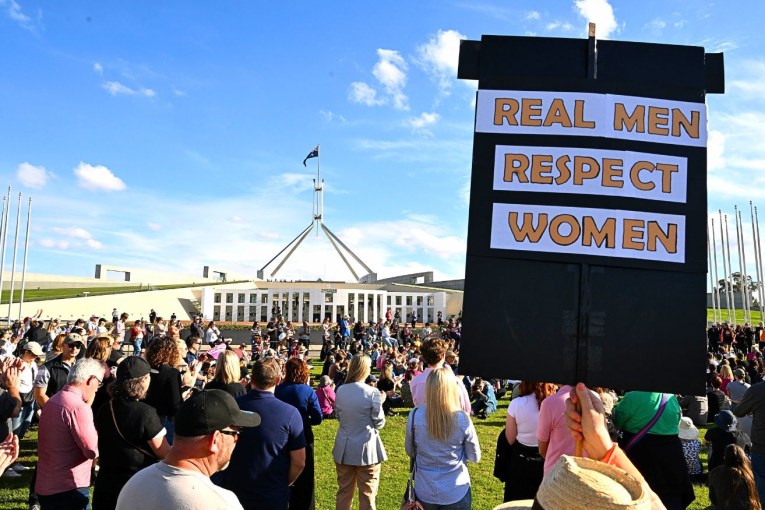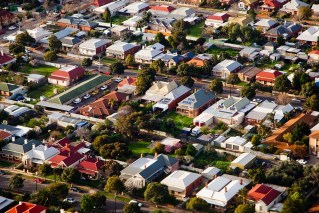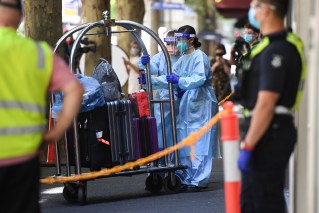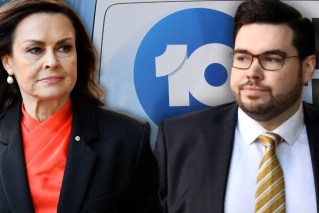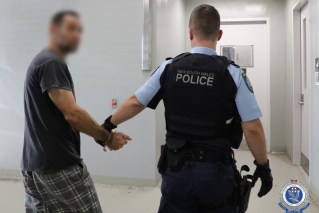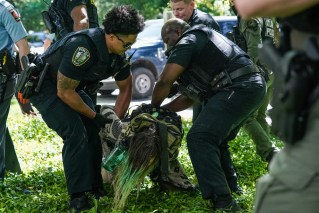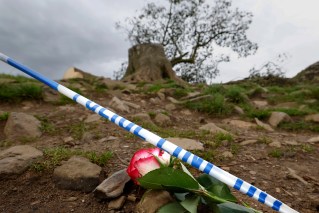Victoria and South Australia face the threat of mass electricity blackouts as soon as this summer, with demand for energy tipped to outweigh supply.
The risk extends to other states in coming years, the national energy market regulator has warned in its latest Electricity Statement of Opportunities (ESOO), released on Thursday.
It provides an outlook for the National Electricity Market in the coming decade.
Australian Energy Market Operator chief executive Daniel Westerman said the statement was not a forecast but rather a guide to inform planning and policy decisions.
“It’s a signal to investors that the viability gaps do exist and points investors to where and when they need to be filled,” he said.
About 62 per cent of Australia’s coal power stations are expected to be retired by 2023, with unplanned outages from the ageing fleet also posing risks to grid stability.
Planned generation, storage and transmission supported by government programs “must be delivered urgently” because any delay would likely put reliability at risk over the coming decade, the statement said.
Hotter and drier conditions expected over summer would likely increase peak demand for electricity, Mr Westerman said.
“When there are multiple days of very hot weather, low wind and unplanned outages from coal-fired power stations, that’s when we can get into tight situations between supply and demand,” he said.
“Before this summer, we are connecting new renewable projects and storage projects and importantly a new gas power station.
“We’re working towards connecting with the new generation that will replace our old coal-fired power stations. That is our best way forward.”
Mr Westerman said Australia’s energy transition was “happening at pace”.
“Our coal-fired power stations are closing down at the same time as demand for electricity is increasing and without urgent and ongoing investment in new sources of electricity, and the transmission that we need to connect it to consumers — there are significant risks to reliability,” he said.
The report said that about 20 per cent of Australia’s coal, gas and diesel generation fleet, representing 6730 megawatts (MW) of capacity, was expected to close within a decade.
It includes NSW’s Eraring Power Station in August 2025, South Australia’s Torrens Island B Power Station and Osborne Power Station in 2026 and Hallett Gas Turbine in 2032, Victoria’s Yallourn Power Station in 2028 and Queensland’s Callide B Power Station in 2028.
Director at think tank Climate Energy Finance, Tim Buckley, said state and federal governments needed to act urgently.
“Accelerating the pace of energy transformation and transitioning our grid is critical to ensuring reliable energy supply and solving the current energy crisis,” he said.
Energy Minister Chris Bowen said the past five ESOO reports under the Coalition government had flagged supply concerns, heightened risks from coal outages and the need to incentivise continued supply.
“Over the last decade, four gigawatts of dispatchable energy left the national energy market and only one gigawatt came on. That means the system is very tight,” he said.
“We have a lot of catching up to do but that catching up has begun and will continue to.”
Asked if the former Coalition government should take any responsibility for the concerning state of the energy system, Liberal senator James Paterson said there had been “record investment” in renewables.
As a senator for Victoria, he was unsurprised the state was facing the possibility of blackouts under the Andrews government’s energy policies.
“When you’ve got a state government here in Victoria which is putting extra taxes on coal-fired power generation, that has led to the inevitable circumstances we’re seeing right now,” he said.
But Victorian Premier Daniel Andrews said he would not apologise for pushing forward with renewable energy projects.
“You can cling to the past and pretend that it’s a fossil fuel future, or you can work really hard every single day to make sure that we’ve got more renewable energy,” he said.
“We choose to work hard every day and that’s exactly what we’ll keep on doing.”
The Australian Petroleum Production and Exploration Association said the answer to the looming energy crisis was gas.
“Gas is the safety net we need as we transform our electricity system,” chief executive Samantha McCulloch said.
“Governments must start listening to the repeated warnings from independent authorities of the need for new gas supply.”
-with AAP
